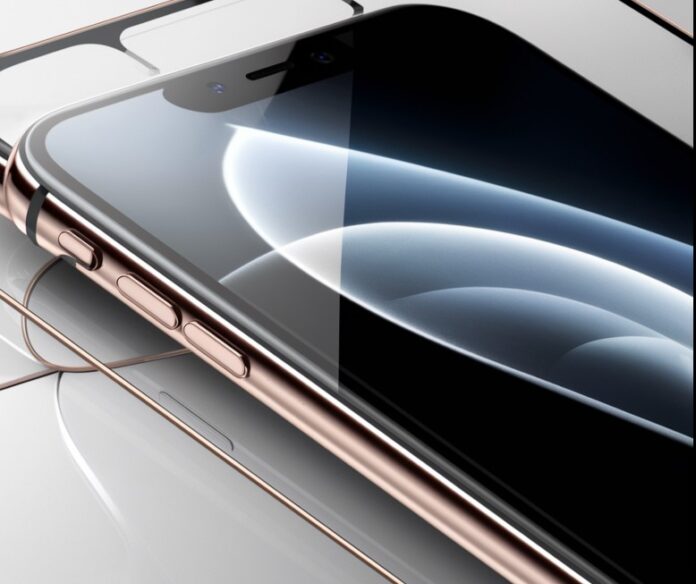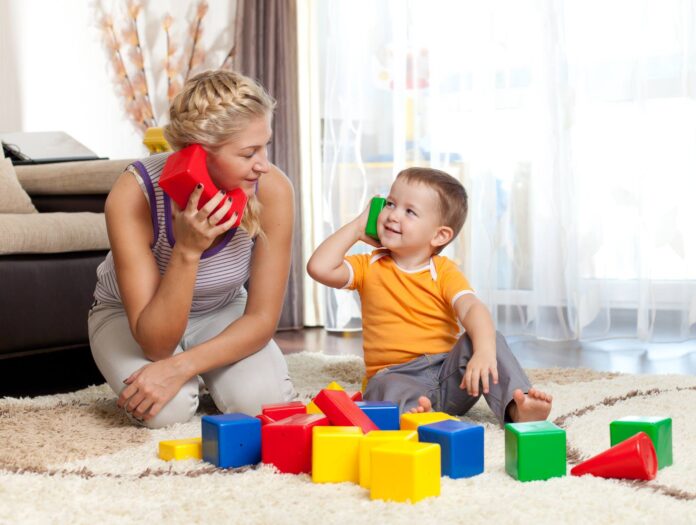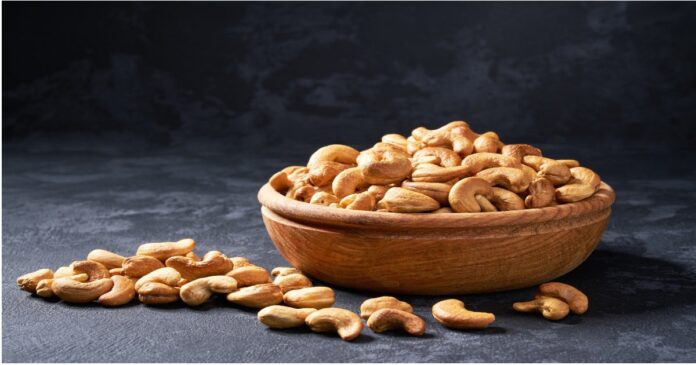Once you get a smartphone, what’s the first thing you might want to go along with the device? For many people, it’s probably protection. In the world of smartphones, the screen is both the window to vast digital realms and the most vulnerable part of our devices. Every time you drop your phone, your heart skips a beat, right? It’s no wonder many of us rush to slap a screen protector on our shiny new gadget as soon as we peel off the original packaging.
But is this extra layer of protection truly necessary, or could it be just another accessory retailer push to squeeze a few extra dollars out of consumers? With smartphones now coming with more durable screens, the debate over the necessity of protective glass is hotter than ever.
If you want to avoid scratching your phone’s screen, you’ll need a screen protector. For more insights and expert opinions on mobile technology, a visit to Arena Mobile might provide further clarity.
The Evolution of Smartphone Screens
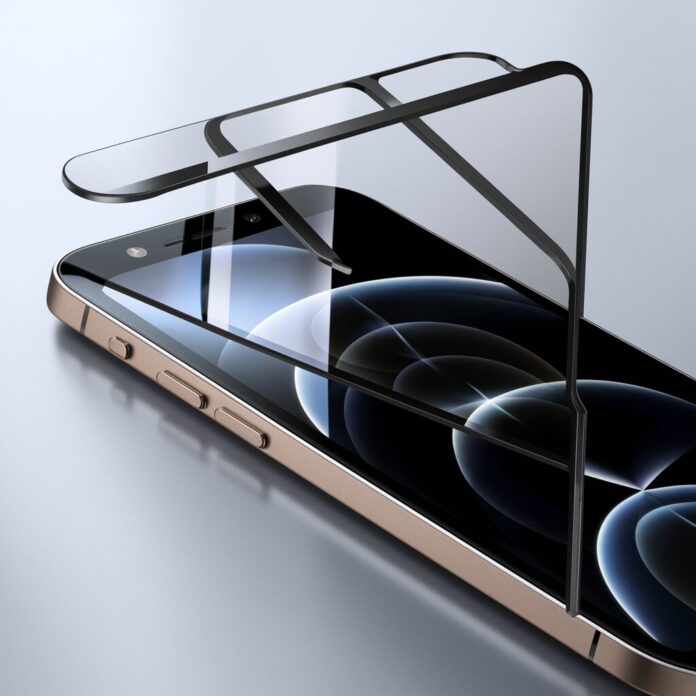

Once fragile and prone to scratches, smartphone screens have undergone a dramatic transformation over the last decade. Modern smartphones typically feature glass made from tough materials like Gorilla Glass or Sapphire Crystal, designed to withstand the rigors of daily use. These materials are engineered to be resistant to scratches from items like keys and coins that might be lurking in your pocket.
The foil also effectively protects against dust, dust, and small particles that could penetrate the smartphone screen. However, glass offers a higher level of protection against scratches, impacts, and mechanical damage. It is also more durable in everyday use.
What Screen Protectors Offer
Despite advancements in screen technology, screen protectors serve a dual purpose. Firstly, they provide an additional layer of defense against scratches and breaks. This can be particularly crucial in environments where the phone is exposed to harsh conditions. Secondly, screen protectors can offer special features like anti-glare coatings or privacy filters, enhancing usability in certain situations.
Types of Screen Protectors
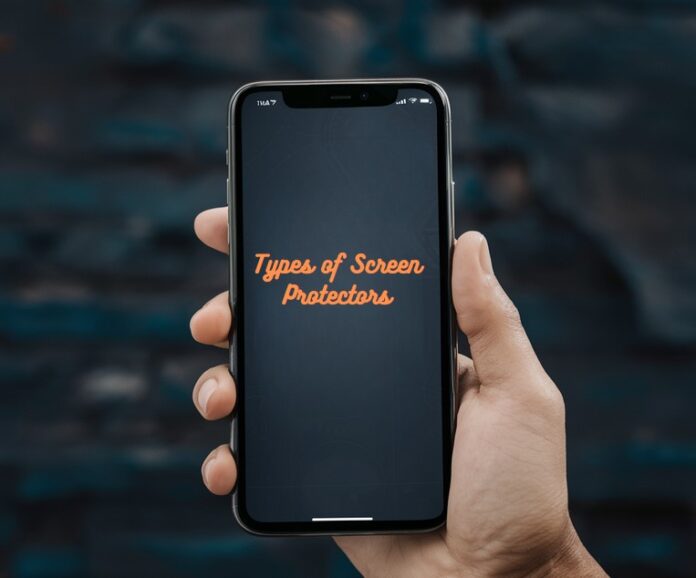

Screen protectors come in various materials, each offering different levels of protection and clarity. Plastic protectors, once common, are cheaper but less durable and prone to scratches themselves. Tempered glass protectors, on the other hand, are thicker and mimic the feel of the original screen. They offer better resistance to scratches and impacts. Some users opt for liquid screen protectors, which claim to fill in the microscopic pores on the screen’s surface, though their effectiveness and long-term benefits are subject to ongoing debate.
Do glass screen protectors really work?
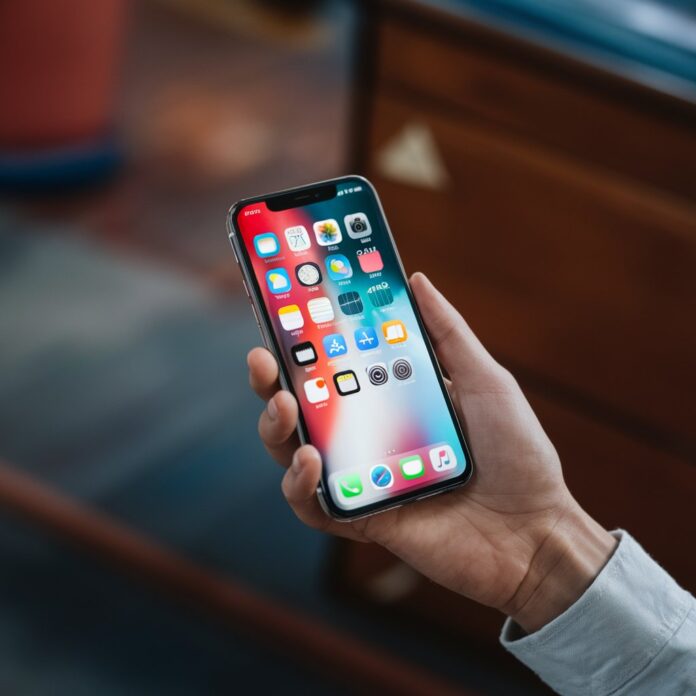

A screen protector isn’t invincible. Damage to your phone depends on what happens to it—the height it falls from, the material it lands on, the item that scratches it, and even humidity. But whether it’s made of tempered glass or high-grade plastic, a screen protector can prevent scuffs, scratches, and cracks.
How many years does a screen protector last?
With proper care and maintenance, a screen protector can last indefinitely. In fact, a quality screen protector may even outlast the internal components of your smartphone, including the battery.
Remember, if your screen protector develops a larger number of cracks then it’s time to replace it. Remember a single small crack in the middle, or a single edge-to-edge or spiderweb-like crack can be fatal.
So, it’s better to change it at once.
The Case for Going Bare
Arguing against screen protectors, some experts suggest that modern smartphones are designed to endure everyday hazards without additional coverings. They point out that adding a screen protector might detract from the visual and tactile experience of the device. Furthermore, poorly applied screen protectors can bubble and peel, collecting dirt and possibly even causing more damage in the long run.
Impact on Usability and Aesthetics
There’s no denying that a screen protector can sometimes affect the look and feel of your smartphone. Some users find that protectors can decrease the screen’s sensitivity, which can be frustrating if you rely on quick responses from your touchscreen. Others don’t like the aesthetic, feeling it makes their sleek, beautifully designed phone look bulky and less appealing.
Generally speaking, customers want these 3 things the most when want to change the protective glass on smartphones:
- Quick Service: Look for a service that can install the protective glass quickly, ideally within 30 minutes. But remember, the time it takes can vary depending on how complicated the job is and whether they have the right parts.
- Warranty: It’s important to choose a service that offers a warranty. This means they promise to fix or replace your protective glass if something goes wrong. They should also guarantee that the parts they use meet the phone manufacturer’s standards.
- Expert Technicians: Make sure the service has a team of skilled technicians. They should be able to do the job professionally and make sure you’re happy with the result.
Making the Right Choice
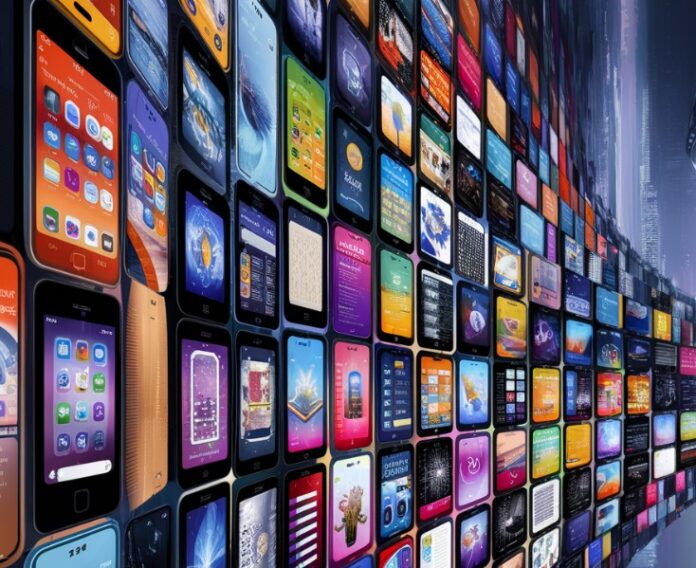

Smartphone screens are both vital and vulnerable. As we increasingly depend on our phones, many of us automatically slap on a screen protector without much thought. But with the advancements in screen durability, are these protectors still necessary? Have you ever dropped your phone and felt a rush of panic? That’s why many of us don’t think twice about applying a screen protector the moment we unwrap a new phone. Today’s smartphones come equipped with tough materials like Gorilla Glass, which can handle everyday scratches and minor drops quite well.
The real question is about your lifestyle. If you’re often in environments where your phone is at risk—say, construction sites or hiking trails—a screen protector is a good safeguard. For everyone else, the modern smartphone’s screen may be tough enough on its own. Whether or not to use a screen protector is ultimately up to how you use your phone and what peace of mind you need. After all, when it’s a question of our phones, we can never be too careful!

